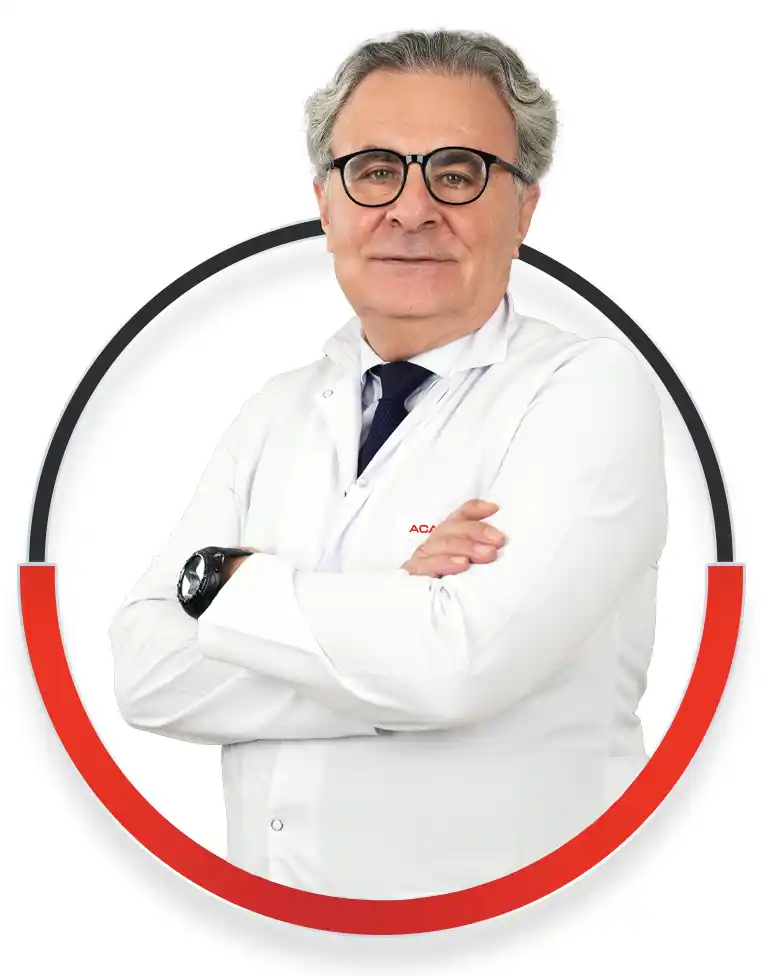What is Cardiovascular Surgery?
Cardiovascular surgery is the medical term for it. Cardiovascular diseases are sometimes congenital, but they usually occur according to the age and living conditions of the person. Causes such as bad weather conditions, an unhealthy and irregular diet, hypertension, stress, and hereditary characteristics can lead to cardiovascular diseases. Heart attack, stroke, chest pain, as well as diseases that affect the heart muscle, heart valve, and heart rhythm, which occur due to occlusion or narrowing of the vessels.
What operations does cardiovascular surgery perform?
Coronary Angiography
Angiography, which is applied as a diagnostic method to determine the condition of the heart and vessels, is the examination of the coronary vessels that supply and nourish the heart with a dyed liquid. According to the physician's preference, this procedure is applied by entering the artery from the right groin or wrist; it takes between 15 and 30 minutes, and it is a low-risk procedure.
Coronary Bypass
Coronary vessels narrow or become blocked over time due to various reasons, especially cholesterol. This situation causes the heart to not be fed adequately and functional insufficiency to occur. If enough blood does not go to the heart as a result of obstruction or narrowing of the vessels, the risk of a heart attack arises and the heart is damaged. A coronary bypass is a surgical method applied to eliminate this risk and ensure that the blood flow in the vessels reaches its normal level. In order to prevent damage to the heart, a procedure called coronary bypass is applied during open heart surgery. The bypass process is applied by connecting the vein taken from another part of the body to the blocked vein as a bridge.
Heart Valve Surgery
The four valves in the heart work all day long by opening and closing. Surgical intervention may be required when there are disruptions in opening and closing, insufficiency, or stenosis. People who have problems with the heart valve generally experience symptoms such as weakness, palpitations, fatigue, congestion, and shortness of breath. Surgery performed by cardiovascular surgeons using general anaesthesia is very difficult. Artificial or animal-derived biological heart valves can be used in operations where heart valve replacement is required.
Aortic Aneurysm
An aneurysm is an increase in the diameter of a vessel by half, or 50 percent. It has the risk of forming in all vessels, but it is most commonly seen in the aorta, which is the main artery that leaves the heart and distributes clean blood to the body. Since the aneurysm creates the possibility of bursting in the aortic vessel, this risk must be eliminated by surgical intervention.
Left Ventricular Aneurysm
The sac that forms in a part of the left ventricle, which is the lower left chamber of the heart, prevents the heart from performing its contraction and blood pumping functions. This can lead to clotting and disruption of the heart's rhythm. With the intervention of cardiovascular surgeons, this situation can be eliminated.
Varicose veins
Varicose veins, which occur as a result of the enlargement, elongation, and deformation of the vein, are a common vascular disease with advancing age. It is especially common in adults aged 60 and over.
Heart Tumors
Heart tumors, also called cardiac tumors, are tumors that mostly form in one part of the body and spread to the heart. Lung, esophageal, leukaemia, and lymphoma are types of cancer with a high probability of spreading to the heart. Like every tumor, it is divided into two parts: good and bad. Myxoma is the most common benign heart tumor in adults, and angiosarcoma and rhabdomyosarcoma are the most common malignant heart tumors.
Choose a Doctor






